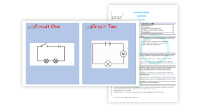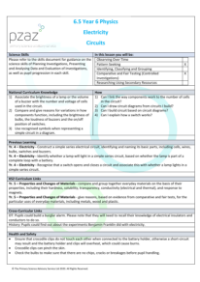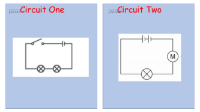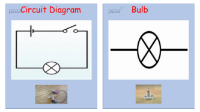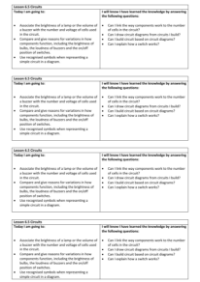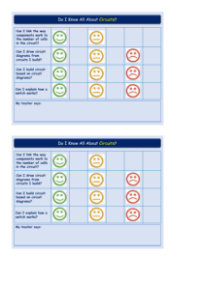Circuits - Teacher Explanation

Science Resource Description
Welcome to lesson 6.5 on Circuits, an integral part of the Year 6 Electricity unit. This lesson covers several National Curriculum objectives, such as understanding the correlation between the brightness of a lamp or the volume of a buzzer with the number and voltage of cells used in a circuit. Pupils will compare and give reasons for the variations in how components function, including the brightness of bulbs, the loudness of buzzers, and the on/off position of switches. They will also learn to recognize and use symbols to represent a simple circuit in a diagram. A key health and safety note is to exercise caution with crocodile clips, which can pinch the skin or cause short circuits if they touch, potentially leading to overheating and melting of the battery holder. Before using bulbs, ensure they are not broken or chipped, discarding any that are damaged.
From a cross-curricular perspective, there are opportunities to link the lesson with history by researching the role of Benjamin Franklin in electrical research. This lesson also revisits concepts introduced in Year 4, reinforcing knowledge about circuits. Pupils will need various materials including wires with crocodile clips, bulbs, bulb holders, buzzers, switches, battery holders, and cells, with a clear distinction made between a single cell and a battery. They will engage in activities such as building burglar alarms, matching components to circuit symbols, and drawing and interpreting circuit diagrams. Additionally, they will experiment with changing the number of cells and bulbs in a circuit, observing the effects on brightness and volume, and documenting their findings using a scale or numerical rating. The lesson aims to demonstrate that increasing the number of cells enhances the brightness or volume, while adding more bulbs or components divides the energy and can diminish functionality.
